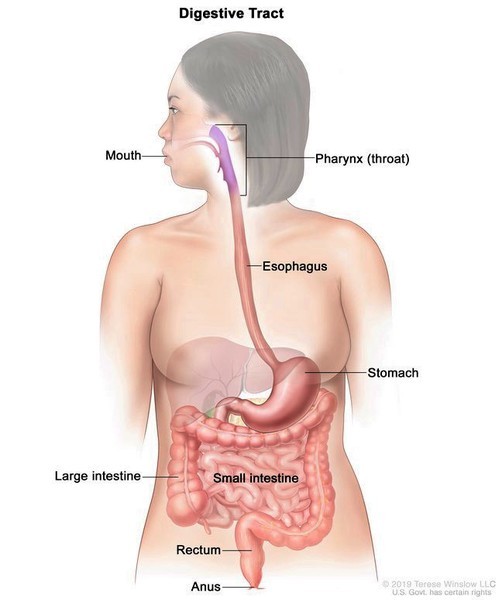Williams syndrome is a genetic developmental disorder affecting various parts of the body. It’s characterized by a unique combination of medical, cognitive, and personality features. These often include mild to moderate intellectual disability or learning difficulties, distinctive personality traits, recognizable facial features, and cardiovascular problems.
People with Williams syndrome often demonstrate a specific cognitive profile. They tend to struggle with visual-spatial tasks like drawing and puzzle-solving. However, they often excel in areas such as spoken language, music, and rote memorization. Individuals with this syndrome typically have exceptionally outgoing and engaging personalities, displaying a pronounced interest in others. Attention deficit hyperactivity disorder (ADHD), anxiety issues, and phobias are also commonly observed in individuals with Williams syndrome.
Young children with Williams syndrome often share distinct facial features. These can include a broad forehead, puffiness around the eyes, a flattened nasal bridge, full cheeks, and a small chin. Dental issues, such as small, widely spaced, crooked, or missing teeth, are also frequently observed. As children with Williams syndrome age, their facial features may evolve. Older children and adults often exhibit a longer face with a wide mouth and full lips.
Cardiovascular complications, particularly supravalvular aortic stenosis (SVAS), are frequently associated with Williams syndrome. SVAS involves the narrowing of the aorta, the major blood vessel carrying blood from the heart.
If left untreated, SVAS can result in symptoms such as shortness of breath, chest pain, and heart failure. Narrowing can also occur in other blood vessels, including the pulmonary artery (leading to pulmonary stenosis) and the coronary arteries (leading to coronary artery stenosis). Other cardiovascular problems, such as hypertension and stiff blood vessels, have also been reported in individuals with Williams syndrome. People with Williams syndrome face a higher risk of complications during anesthesia.
Beyond cardiovascular and facial features, additional signs and symptoms can include connective tissue abnormalities, leading to joint problems and unusually soft, loose skin. Infants with Williams syndrome may experience elevated calcium levels in the blood (hypercalcemia). Developmental delays, coordination difficulties, and short stature are also common. Sensory sensitivities can occur, with vision and hearing problems, including hyperacusis (sensitivity to certain frequencies or volumes of sound) frequently observed. Digestive tract and urinary system problems are also possible. In adulthood, individuals with Williams syndrome may be at increased risk for obesity or developing diabetes.
In summary, Williams syndrome is a complex genetic disorder with a wide range of potential effects. Early diagnosis and comprehensive medical management are essential to address the various health challenges associated with this condition and support the individual’s development and well-being.
